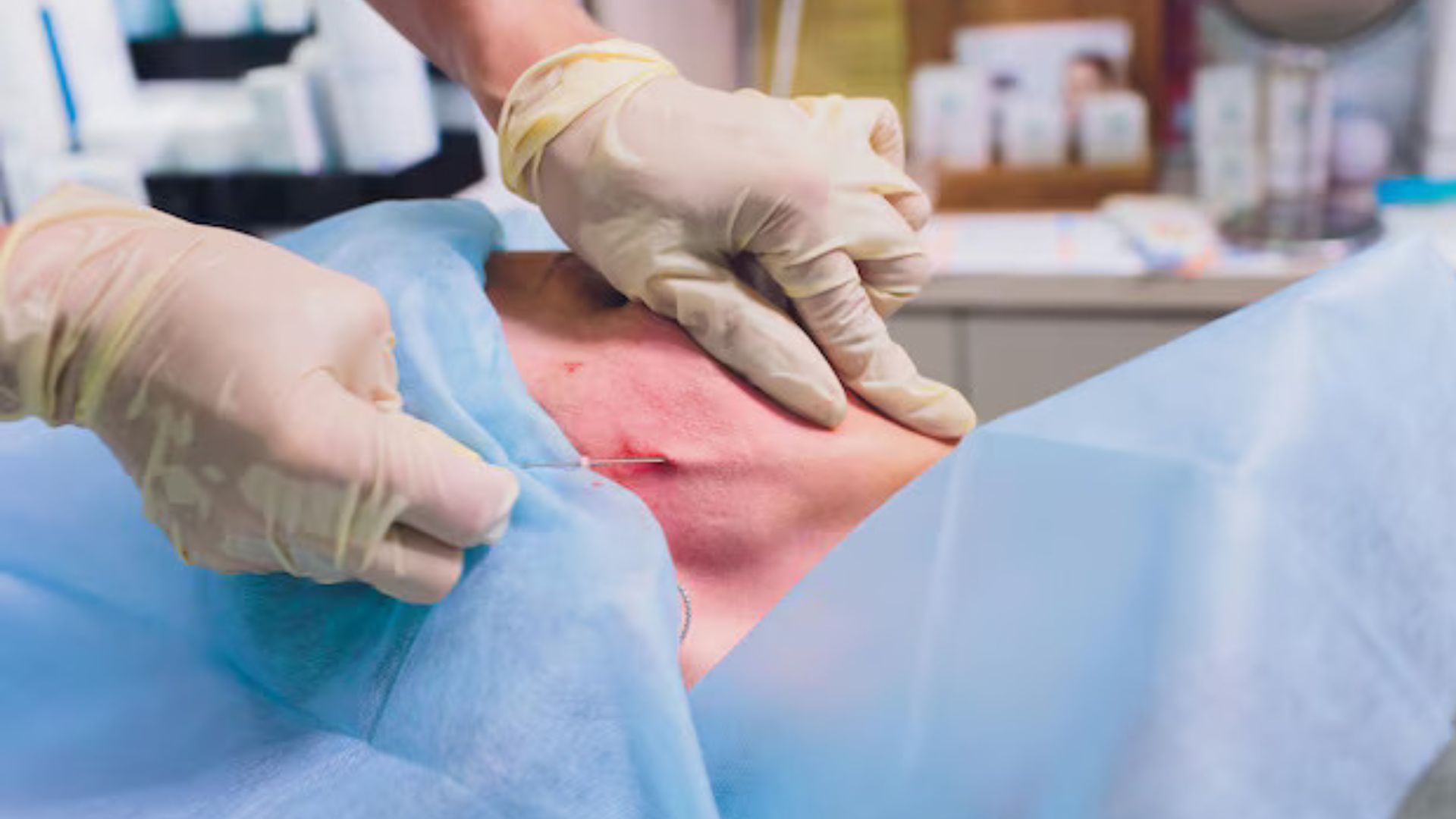

When Do You Need Skin Cancer Removal Surgery? Key Insights
Do you know that survival rates are increasing in cancer treatments? Also, do you know that the surgical treatment is not always the first choice of healthcare professionals?
Early detection of the issue is essential for increasing survival rates in cancer. When should one need skin cancer removal surgery? What is it actually? Your answers will be present in this guide, so read further and get the best treatment.
What is Skin Cancer Removal Surgery?
It is a medical procedure designed to surgically cut out cancerous growths. Modern treatment allows for to preservation of as much healthy tissue as possible. There are different types of surgical methods to remove these cancerous growths, learn more about these below:
| Type of Procedure | What to Expect During the Procedure | Ideal For |
| Mohs Surgery | A layer-by-layer removal of skin cancer under local anaesthesia. After removal, the tissue is immediately examined in an on-site lab. The procedure is repeated until no cancer cells remain. While the actual procedure is quick, you’ll likely spend several hours in the office, including waiting time for tissue analysis. | It is considered ideal for treating high-risk cancers, especially those with unclear borders, high recurrence rates or in sensitive areas including face, hands or genitals. It is particularly effective for basal cell carcinoma and squamous cell carcinoma, and can also be used for certain types of melanoma. |
| Cryosurgery | A healthcare expert will apply liquid nitrogen to the area, which will turn white as it freezes, destroying the cancer cells. One can expect to feel some pain, burning, or a stinging sensation as the liquid nitrogen is applied. A local anaesthetic may be used to numb the area beforehand. | It is an effective treatment option for certain types of skin cancer, especially basal cell carcinoma (BCC) and squamous cell carcinoma (SCC), and skin lesions. |
| Curettage and Electrosurgery | The healthcare provider injects a local anaesthetic to numb the area, so you won’t feel pain, though you might feel pressure. A curette, a sharp, spoon-shaped tool, is used to scrape away the affected tissue. This process can be repeated a few times to ensure all abnormal cells are removed. | It treats small, superficial non-melanoma skin cancers, including some basal cell carcinomas and squamous cell carcinomas, as well as certain precancerous growths and small cysts or skin tags. |
Now, as you know, the different procedures, moving forward, you learn when you need them. A skin cancer surgery must start as soon as one gets the diagnosis report.
When Do You Need a Skin Cancer Surgery?
Cancer specialists recommend starting treatment as soon as you can after the diagnosis comes. Although surgical procedures can be effective, it is not always the first choice. It depends on some factors like the type, size and stage of the cancer, whether you are getting a surgical treatment or not.
- When Surgery is Required for Cancer?
It is required for diagnoses, to remove a localised tumour for a potential cure, or to relieve symptoms from advanced disease. It’s most effective for solid tumours in early stages that can be completely removed, though it can also be used preventatively to remove pre-cancerous tissue or to remove metastases in specific cases.
The need for surgery depends on the cancer’s type, stage, location, and the individual’s overall health, often in combination with other treatments like chemotherapy and radiation.
- When is Cancer Treated Without Surgery?
Cancer may be treated without surgery in several circumstances, including when an individual is unable to undergo surgery due to poor health, when the cancer is in an early stage, or when non-surgical treatments are better suited to preserving organs or the individual’s quality of life.
Alternative treatments include radiation therapy, which uses high-energy beams to kill cancer cells, and systemic therapies like chemotherapy, which uses drugs to target and destroy cancer cells. Other options are targeted therapy, which specifically attacks cancer cells with certain mutations, and immunotherapy, which boosts the body’s immune system to fight cancer.
FAQs: Skin Cancer Surgery
Q1.How long does the recovery process take after skin cancer surgery?
Most wounds take 1 to 3 weeks to heal for minor issues, while larger or more complex procedures, such as those involving skin grafts or significant excisions, can require several weeks to months for full healing.
Q2.Which procedure is ideal for Melanoma?
The most common and ideal procedure for treating localised, invasive melanoma is wide local excision.
Q3.When can you expect to return to normal activities after skin cancer surgery?
Expect to return to most light, daily activities within 1 to 2 days, but strenuous activity, heavy lifting, or impact on the wound should be avoided for at least 1 to 4 weeks.
Q4. Is surgery needed for every skin cancer?
No, surgery isn’t needed for every skin cancer; while surgical removal is the most common and effective treatment, other options like radiation therapy, chemotherapy, targeted therapy, and immunotherapy may be used.
Final Thoughts
Skin cancer removal is most effective when done right after the diagnosis report. Skin specialists might introduce you to several procedures ideal for your treatment. The ideal treatments include Mohs surgery, Cryosurgery, Curettage and Electrosurgery.
At SCCQ, you can get the treatment at the right time, and specialists will recommend the treatment based on the examinations and your overall health.
References:

